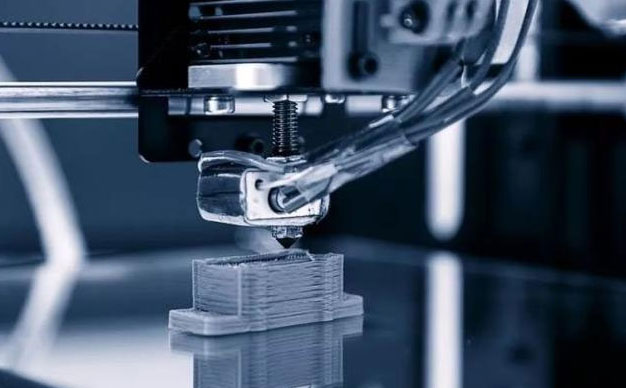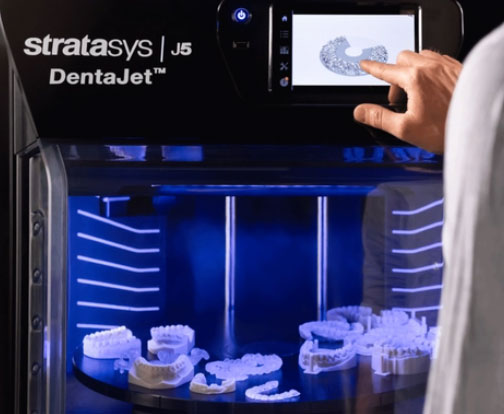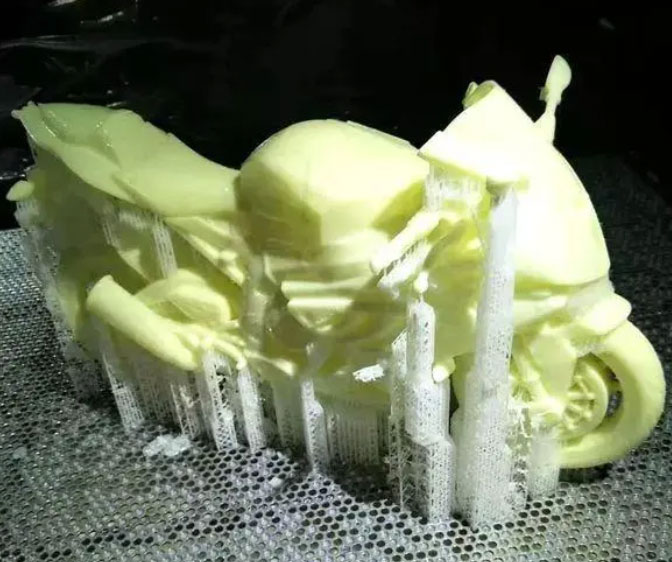3D printing, also known as additive manufacturing, is a rapidly growing technology that has the potential to revolutionize the manufacturing industry. Unlike traditional manufacturing methods that involve subtracting material from a solid block, 3D printing involves adding material layer by layer to create a three-dimensional object.

The benefits of 3D printing are numerous. It allows for greater customization and flexibility in design, reduces waste and production costs, and enables faster prototyping and iteration. Additionally, 3D printing can produce complex geometries that would be difficult or impossible to create using traditional manufacturing methods.
One of the most exciting aspects of 3D printing is its potential to democratize manufacturing. With the availability of affordable 3D printers, individuals and small businesses can now create their own products without the need for expensive machinery or specialized skills. This opens up new opportunities for entrepreneurship and innovation.
The applications of 3D printing are vast and varied. In the medical field, 3D printing is being used to create prosthetics, implants, and even human organs. In architecture and construction, 3D printing is being used to create complex building components and even entire houses. In the aerospace industry, 3D printing is being used to create lightweight and durable components for spacecraft.
However, there are also challenges that come with 3D printing. The quality and consistency of printed objects can vary depending on the materials and printing techniques used. There are also concerns around intellectual property rights and the potential for 3D printing to be used for illegal activities such as counterfeiting.
Despite these challenges, the future of 3D printing looks bright. As the technology continues to evolve and improve, we can expect to see even more innovative applications and use cases. Whether it’s creating customized products or revolutionizing entire industries, 3D printing has the potential to transform the way we manufacture and create in the years to come.

